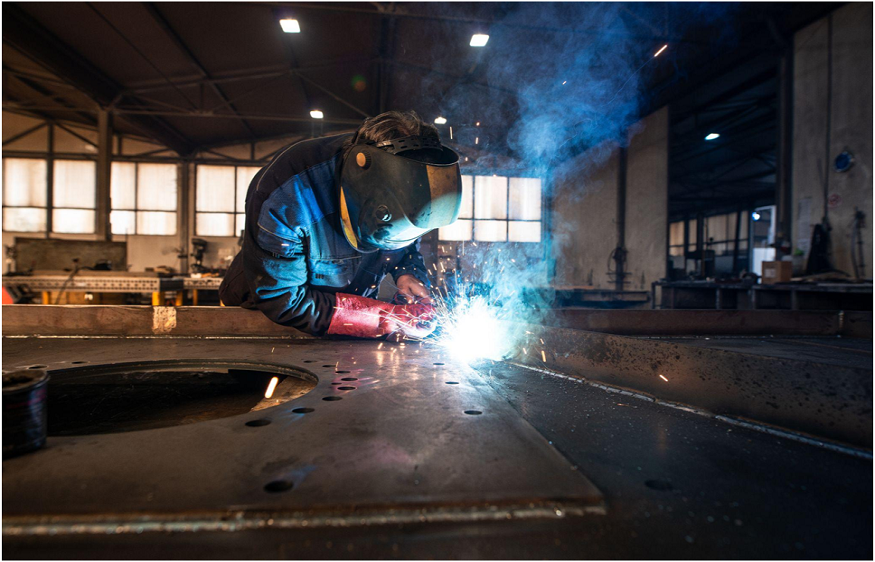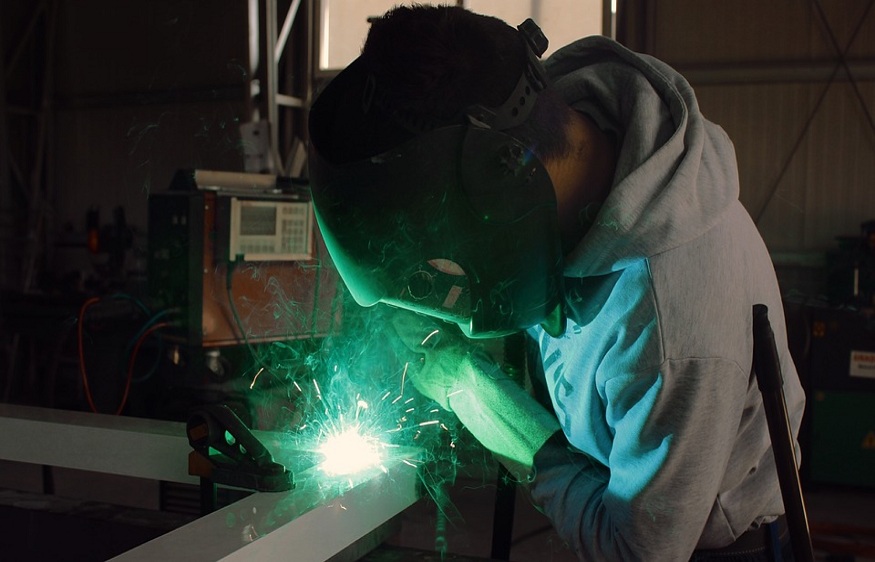Welding Basics: A Brief History
The invention and technological development of welding is one of the most crucial steps in metal manufacturing and technological development in modern society. The origins of welding date back thousands of years, with significant developments made across many continents. Welding is the original method for humans to fuse metals together, leading to the production of utensils, jewelry, weapons, and many others.
Through time, welding has become more sophisticated, allowing for mass production of many things that were once done by hand. Welding is essential in creating many modern products, including automobiles and airplanes.

Welding also allows for creating many other products besides automobiles and aircraft, such as common household items. If you are looking for fabrication services in Wagga Wagga, NSW, or any other part of Australia, first, let’s learn the history of welding.
History of welding
The earliest examples of welding are found in ancient Egypt and Greece. In Egypt, the first evidence of welding is represented by the use of iron to join Bronze artifacts. In the Middle East, early welding methods used copper and bronze as well as other metals.
The history of welding can be traced back to the Iron Age. Iron was forged into weapons and tools and welded together to create complex objects during this time. The Middle Ages saw the development of the forge, an appropriate tool for welding iron pieces together. Modern-day welding began in the 18th century when craftsmen discovered that they could create strong joints by heating metal until it melted and then joining the molten metal with a hammer.
Types of welding
Today, there are many different welding processes available. Here are the four main types of welding:
MIG – Gas Metal Arc Welding (GMAW)
MIG welding is a process where a welder uses a gas metal arc welding (GMAW) machine to join metal pieces. GMAW is an economical and versatile welding process that uses a shielded gas delivery system. It is less demanding on the welder’s body than other welding processes, making it ideal for applications where movement or change of positions are not permitted.
One of the benefits of MIG welding is its ability to weld both thin and thick metal sheets. GMAW also has a high penetration rate, which means it can weld through difficult materials such as plastic. Additionally, the process does not generate as much heat as other types of welding, so that it can be used in areas with limited access to oxygen or fumes.
TIG – Gas Tungsten Arc Welding (GTAW)
TIG (Gas Tungsten Arc Welding) is one of the most popular welding techniques because it uses a continuous arc to weld metal together. GTAW is often used for welding thin sheets of metal together and repairing and creating new parts. There are several benefits to using GTAW over other welding methods:
1) GTAW is a continuous process, so you can weld multiple pieces of metal simultaneously without having to stop and restart the welding process.
2) GTAW has a much shorter weld time than other welding methods, which means you can quickly create complex parts or assemblies.
3) GTAW is less likely to cause heat distortion or warping in the metal than other welding methods.
Stainless steel is one of the most popular metals to weld with GTAW. It is easy to work with and has very low corrosion resistance, making it an excellent material for welding. If you need welding and fabrication services in Australia, you can check out “Stainless Steel and Fabrication in Young NSW.”
Stick–Shielded Metal Arc Welding (SMAW)
Stick shielded metal arc welding (SMAW) has become popular in recent years due to its low-cost, easy-to-use nature and ability to join a wide variety of metals.
This type of welding uses a stick electrode protected by a shield during the welding process. This shields the weld area from the heat of the arc and prevents the molten metal from splattering onto nearby objects.
The stick electrode is movable, allowing the welder to easily adapt to changes in the shape of the part being welded. This makes SMAW perfect for welding small parts or making repairs on larger pieces.
Due to its simplicity, SMAW is typically used on projects that would not be feasible with other types of welding.
Flux-cored – Flux-cored Arc Welding (FCAW)
Flux-cored arc welding (FCAW) is a type of welding that uses a flux-cored wire. Flux-cored arc welding was first developed in the early 1900s, and it is now one of the most commonly used welding techniques. FCAW is used for various applications, including welds on metal products, tubing, and pipe.
FCAW is a fast and efficient welding technique that can be used on various materials. It is also capable of welding difficult-to-weld metals together. FCAW is often used to repair or replace damaged components on vehicles and equipment.
The process of welding
Welding is a process that joins two pieces of metal together. It is one of the most common and important welding processes because it is used in many industries. Welding companies in Australia, such as Topweld General Engineering Pty Ltd, can help you get started with this process. There are a few things you need to know before you start welding:
- You need to have a good understanding of the welding process.
- You need to have the right tools and equipment.
- You need to be trained on how to weld.
Your welding journey will be smooth and successful if you follow these steps.
The welding process is a vital part of many industrial and construction projects. Welding is used to join metal pieces together, creating a strong connection. To weld, you need a welding torch and an appropriate material to be welded. There are several steps in the welding process. The first step is to heat the metal pieces until they are melted. Next, you need to move the torch over the joint and maintain consistent heat. Finally, you must control the arc of the welding torch to produce a strong connection between the metal pieces.
Conclusion
In conclusion, welding is a process that has been used for centuries to join two or more pieces of metal together. There are many different types of welding, each with its advantages and disadvantages. The welding process can be used to join metal together for a variety of purposes, from repairing a car to building a bridge.
Welding is an important fabrication process that can create a wide variety of products. Welding services in New South Wales can help you get the job done right and fast. If you need welding services in Sydney or anywhere in the state, look for a welding company that is both reliable and efficient.

